Introduction
Crispy fried glutinous rice cake, commonly known as Ziba in some regions, is a delightful snack that combines the soft, sticky texture of glutinous rice with the crunchy, golden-brown exterior achieved through deep-frying. This traditional treat is often associated with festivals and special occasions, where it serves as a symbol of abundance and joy. Whether you’re looking to recreate a cherished childhood memory or introduce your family to a new culinary delight, learning how to make crispy fried glutinous rice cake can be both a rewarding and enjoyable experience.
In this comprehensive guide, we’ll walk you through each step of the process, from preparing the glutinous rice to achieving the perfect crispy texture. We’ll also share some tips and tricks to ensure your Ziba turns out perfectly every time. So, let’s dive into the world of crispy fried glutinous rice cakes and discover how to make this delicious snack at home.
Section 1: Understanding the Ingredients
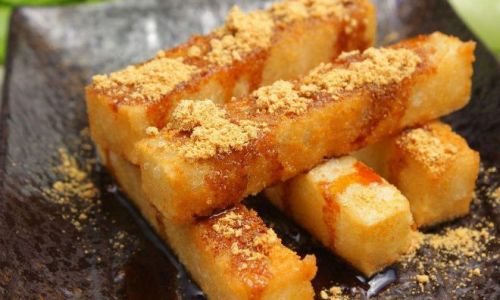
Before we dive into the recipe, it’s essential to understand the key ingredients and their roles in making crispy fried glutinous rice cake.
1 Glutinous Rice
Glutinous rice, also known as sticky rice or sweet rice, is the cornerstone of this dish. Unlike regular rice, glutinous rice has a higher starch content, which gives it its sticky texture when cooked. This stickiness is crucial for binding the rice cakes together and creating the soft, chewy interior that’s a hallmark of Ziba.
2 Water
Water is used to cook the glutinous rice. The ratio of water to rice is crucial; too much water can result in mushy rice, while too little can leave the rice dry and hard. Generally, a 1:1.2 ratio of rice to water is a good starting point, but you may need to adjust based on your specific rice variety and cooking method.
3 Oil for Frying
The type of oil you use for frying can significantly impact the flavor and texture of your Ziba. Neutral oils like canola, vegetable, or peanut oil are ideal because they have a high smoking point and don’t impart strong flavors. Avoid using olive oil or other strongly flavored oils, as they can overpower the delicate taste of the glutinous rice.
4 Seasonings (Optional)
While traditional Ziba is enjoyed in its pure, unadulterated form, you can add various seasonings to enhance its flavor. Salt, sugar, or a mix of both can be sprinkled on the rice before shaping and frying. For a more complex flavor profile, consider adding ground ginger, cinnamon, or even a hint of vanilla extract.
Section 2: Preparing the Glutinous Rice
Now that we’ve covered the ingredients, let’s move on to the preparation process.
1 Rinsing the Rice

Start by rinsing the glutinous rice under cold running water until the water runs clear. This removes any impurities and excess starch, which can make the rice sticky and clumpy during cooking. Drain the rice well in a colander.
2 Soaking the Rice
Soaking the glutinous rice before cooking helps to soften it and ensures even cooking. Place the rinsed rice in a large bowl and cover it with water. Let it soak for at least 4 hours or overnight. Soaking overnight is recommended for the best results, as it allows the rice to absorb more water and develop a creamier texture.
3 Cooking the Rice
Once the rice has soaked, drain it well and transfer it to a pot or rice cooker. Add fresh water, using the 1:1.2 ratio mentioned earlier. Bring the water to a boil over medium-high heat, then reduce the heat to low, cover, and simmer until the rice is tender and the water is absorbed, about 40-50 minutes. Alternatively, you can use a rice cooker set to the “white rice” setting.
4 Cooling the Rice
Once the rice is cooked, transfer it to a large, shallow dish to cool. Spread it out evenly to prevent clumping and allow the steam to escape. Let it cool to room temperature, stirring occasionally to prevent sticking. You can also refrigerate the rice for an hour or two to firm it up further, making it easier to handle during shaping.
Section 3: Shaping the Rice Cakes
With the glutinous rice prepared, it’s time to shape it into cakes.
1 Preparing the Work Surface
Lightly dust a clean work surface with cornstarch or powdered sugar to prevent sticking. You can also use a silicone mat or parchment paper for easier cleanup.
2 Shaping the Cakes

Take a portion of the cooled rice (about the size of a tennis ball) and place it in the center of your palms. Gently press and shape it into a flat, round cake, about 1/2 inch thick. Repeat with the remaining rice, ensuring all cakes are of uniform thickness for even frying.
3 Optional: Adding Fillings
If you want to add a filling to your Ziba, now is the time to do it. Popular fillings include sweetened red bean paste, lotus seed paste, or even a simple mixture of sugar and cinnamon. Place a small amount of filling in the center of each rice cake and gently fold the edges together to seal. Reshape the cakes if necessary to maintain a flat, round shape.
Section 4: Frying the Rice Cakes
Now, it’s time for the most exciting part – frying the rice cakes to achieve that crispy, golden-brown exterior.
1 Preparing the Oil
Pour enough oil into a deep, heavy-bottomed pot or fryer to cover the rice cakes completely. Heat the oil to 350°F (175°C). Use a deep-fry thermometer to monitor the temperature accurately.
2 Frying the Cakes
Carefully place a few rice cakes into the hot oil, being mindful not to overcrowd the pot. Fry them for about 2-3 minutes on each side, or until they are golden brown and crispy. Use a slotted spoon or frying basket to turn the cakes gently and ensure even frying.
3 Draining the Oil
Once the cakes are golden and crispy, remove them from the oil and let them drain on a plate lined with paper towels. This will remove any excess oil and help keep your Ziba crispy.
4 Adjusting the Heat
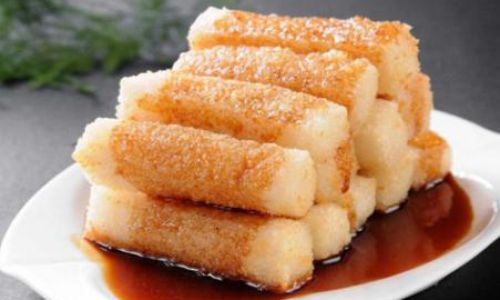
As you fry multiple batches, be mindful of the oil temperature. It may drop slightly with each batch, so adjust the heat as needed to maintain a consistent frying temperature.
Section 5: Serving and Enjoying Your Crispy Fried Glutinous Rice Cake
With your Ziba fried to perfection, it’s time to serve and enjoy.
1 Serving Suggestions
Crispy fried glutinous rice cakes can be served on their own as a snack or dessert. They pair wonderfully with a cup of hot tea or coffee. For a more elaborate presentation, consider serving them with a dipping sauce, such as honey, maple syrup, or a mixture of soy sauce and sesame oil.
2 Storage
Leftover Ziba can be stored in an airtight container at room temperature for up to 2 days. To reheat, place the cakes on a baking sheet and warm them in a preheated 350°F (175°C) oven for 5-7 minutes, or until crispy again. Alternatively, you can reheat them in a toaster oven or microwave, but be mindful that microwaving may soften the cakes slightly.
Section 6: Tips and Tricks for Perfect Ziba
Finally, here are some tips and tricks to ensure your crispy fried glutinous rice cakes turn out perfectly every time.
1 Use High-Quality Ingredients
The quality of your ingredients will directly impact the final result. Use fresh, high-quality glutinous rice and a neutral oil with a high smoking point for the best flavor and texture.
2 Control the Cooking Temperature

Maintaining a consistent cooking temperature is crucial for achieving evenly fried cakes. Use a deep-fry thermometer to monitor the oil temperature and adjust the heat as needed.
3 Don’t Overcrowd the Pot
Overcrowding the pot can lower the oil temperature and result in uneven frying. Fry the cakes in small batches to ensure they have enough space to cook evenly.
4 Practice Patience
Shaping the rice cakes can take some practice. Don’t be discouraged if your first few cakes aren’t perfect. With time and practice, you’ll get the hang of it and be able to shape them quickly and evenly.
5 Experiment with Fillings and Toppings
While traditional Ziba is delicious on its own, don’t be afraid to experiment with different fillings and toppings. Sweetened red bean paste, lotus seed paste, and even chocolate can add new layers of flavor to your cakes.
Conclusion
Making crispy fried glutinous


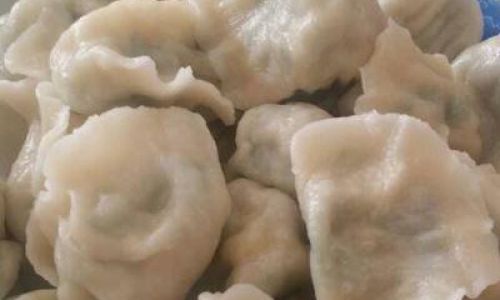
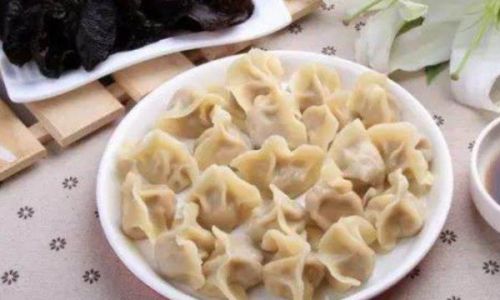
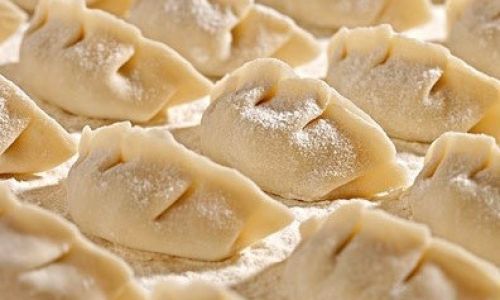
0 comments